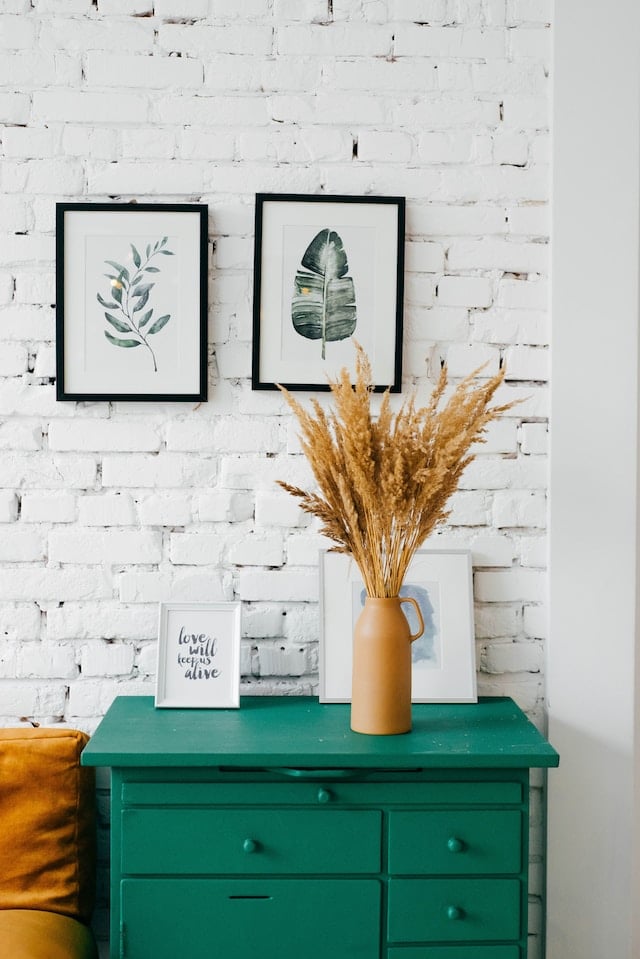What Are the Best Design Principles for a Home Library That Maximizes Space and Accessibility?

Designing a home library is more than just stacking books on a shelf—it’s about creating a peaceful sanctuary that stimulates learning and sparks creativity. Whether your space is a room, a small corner, or a large loft, with the right design principles, you can create a home library that is both spacious and accessible.
This article will guide you through the best design principles for a home library that maximizes space and accessibility. We will dissect design elements such as the clever use of space, the choice of universal design furniture, providing accessibility for people with disabilities, and creating an overall inviting interior that encourages reading and learning.
A découvrir également : How to Design a Cozy, Multi-Sensory Reading Nook That Encourages Relaxation and Imagination?
Maximizing Small Spaces in Home Libraries
Not all libraries need grandiose rooms with towering bookshelves. Small spaces can be just as conducive to reading and learning, provided they are designed with a clear intent. The secret to maximizing a small library space lies in versatility and innovation.
When working with a small room, consider using multifunctional furniture. A reading bench with built-in storage or a table that doubles as a bookshelf can save considerable space. Vertical spaces are often overlooked yet provide excellent options for book storage. Floor-to-ceiling bookshelves, hanging wall book racks, or even over-the-door organizers can substantially increase your storage capacity.
A lire en complément : What Are the Most Effective Home Automation Features for Assisting People with Mobility Challenges?
Lighting should not be an afterthought in small libraries. A well-placed reading lamp or a skylight can brighten up the room and make it appear larger. Mirrors are another useful design element that can give the illusion of a bigger space.
Universal Design for All
Universal design aims at creating spaces that are usable and accessible to everyone, regardless of age, size, or ability. This approach is particularly important in designing home libraries, which should be welcoming and accessible to all members of the household.
Start with furniture that is adjustable and easy to use. For instance, choose chairs that can be adjusted for height and bookshelves that have adjustable shelves. This flexibility allows people of all ages and sizes to use the library comfortably.
Another key aspect of universal design is ensuring that the library is accessible to people with disabilities. This could include incorporating wider doorways and aisles for wheelchair access, lower bookshelves for easier reach, and providing tactile or braille labels for visually impaired users.
Creating a Conducive Learning Environment
A home library should not just be a place to store books—it should also be a space that encourages reading and learning.
The choice and arrangement of furniture can greatly impact the learning environment. Opt for comfortable seating and tables that invite users to sit down and read. If working with a small room, consider using furniture that can be reconfigured to suit different learning activities.
Color can also help create a conducive learning environment. Light, neutral colors tend to make a room feel larger and brighter, while warm colors can make a space feel cozy and inviting.
Designing an Inviting Interior
The interior design of your home library should reflect your personal taste and style, while still being functional and inviting.
Choose a theme or color scheme that you love and extend it to your furniture, shelves, rugs, and even the book covers. Your library should tell a story about you and what you value.
Make your library a living space, not just a storage area. Incorporate comfortable seating, throw pillows, and even a coffee table with a nice tea set. Bring in indoor plants to add life and color to the room.
Ensuring Accessibility in Home Libraries
Accessibility in libraries goes beyond just wheelchair-friendly ramps and aisles. It involves making the library a welcoming space for people of all abilities.
This can involve practical considerations, such as installing adjustable lighting to cater to different visual needs. But it also involves making materials accessible. Consider using digital resources alongside physical books, and provide tools like magnifying glasses or reading stands.
Remember, an accessible library is one that everyone can use and enjoy—regardless of their abilities or disabilities. With thoughtful design and careful attention to detail, you can create a home library that is not only functional and inviting, but also maximizes space and promotes accessibility.
In the end, designing a home library is a personal journey—one that involves balancing functionality with aesthetics. But with these principles in mind, you are well on your way to creating a library that will become the heart of your home.
Space Planning for a Dynamic Home Library
When designing a home library, it is essential to plan the space effectively to accommodate not only books but also the various activities that will take place within it. Space planning involves the strategic arrangement and allocation of functions to different areas within the library.
Consider the flow and function of the room when planning the space. The room should be easy to navigate, with a clear path from the entrance to different areas. You should be able to access the books and seating areas without any obstruction. Think of the library’s design as a journey, guiding you from one section to another effortlessly.
Utilize corners and walls effectively to maximize storage and seating space. For instance, a corner can be transformed into a cozy reading nook with built-in shelves and a comfortable chair, while a wall can be utilized for a floor-to-ceiling bookshelf.
Incorporate flexible and movable furniture in your design. This way, the layout of the room can be easily altered to accommodate different functions – be it a quiet reading session, a group study, or a lively book club meeting.
Also, consider the needs of all potential users when planning the space. A kid-friendly section with low-height shelves and seating can be a great addition if you have children. For elderly users, ensure that the seating is comfortable and the lighting is adequate.
The Role of an Interior Designer in Shaping Home Libraries
Creating a home library is a complex project that requires a fine balance between aesthetics, functionality, and space optimization. An interior designer can provide valuable insights and creative solutions to maximize the potential of your space.
The designer will first understand your specific needs, preferences, and the activities you plan to carry out in the library. They will then conduct a thorough analysis of the physical space, taking into consideration factors like natural light, existing architectural elements, and the overall layout of your home.
With this information, the designer will develop a comprehensive design plan that covers all aspects of the library—from furniture selection and space planning to lighting design and color scheme. They will also guide you in selecting materials and finishes that complement the overall design and enhance the room’s ambiance.
Furthermore, an interior designer can help ensure that the library is designed according to universal design principles. They can recommend adaptive furniture, tactile elements, and other features that improve accessibility for individuals with disabilities.
Conclusion
Designing a home library that maximizes space and accessibility requires thoughtful planning and a keen eye for design. It involves making the most of small spaces, incorporating universal design principles, creating a conducive learning environment, and designing an inviting interior that reflects your personal style.
Space planning and the assistance of an interior designer can greatly facilitate the design process, ensuring that your home library caters to all users and functions effectively.
At the heart of it all, remember that your home library is a reflection of your passions and interests—a sanctuary of knowledge and creativity. No matter the size of the space, with careful planning and design, your home library can become an inspiring and cherished part of your living space.
